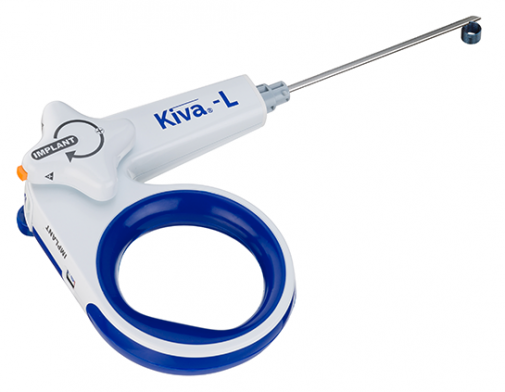New approach to treating spine fractures

People often hear about fractures to the hip and wrist, but they may be surprised to know that fractures of the spinal vertebrae are far more common.
They happen when the bone of the spinal column cracks or collapses and once a fracture occurs, the odds of having another one go up significantly, experts say. For those with osteoporosis, the risk of a bone fracture increases, but today, these individuals have more options than ever before when it comes to treating broken bones.
A new minimally-invasive surgical approach to the treatment of vertebral compression fractures, called KIVA, utilizes an implantable device that helps stabilize the vertebrae. A surgeon, using a guide wire, changes the structure of the spine by inserting a flexible implant into the spine and then filling it with cement which improves stability.
“This procedure allows me to repair the broken vertebrae through a single small, less than 1 centimeter incision,” says Dr. Thomas Gleason, orthopedic spine surgeon at Advocate Lutheran General Hospital in Park Ridge, Ill. “I insert the implantable device, which actually helps provide a new internal structure for the spine.”
Once the fractured bone is stabilized, patients have diminished pain and are less likely to have longer-term problems.
“We are seeing really great results,” says Dr. Gleason. “Patients are able to have a much higher quality of life thanks to this procedure.”
Dr. Gleason also encourages people take simple steps that can help prevent osteoporosis and bone fractures.
“Regular strength training, weight bearing exercises, as well as the necessary amounts of calcium and vitamin D help in keeping your bones healthy,” he says.
Photo credit: Benvenue Medical
Related Posts
Comments
5 Comments
About the Author
health enews staff is a group of experienced writers from our Advocate Health Care and Aurora Health Care sites, which also includes freelance or intern writers.


















Would this technique be able to be adapted for treatment of scoliosis, in lieu of the “hooks and wires,” very invasive straightening procedure that has a lengthy and delicate recovery arc?
I am like waterwish’s comment. My wife suffers severely with spinal pain due to scoliosis. She cannot tolerate another long spinal fusion surgery (she has already had one level fused.).. Please help me!
Thank you
Hi Waterwish and Terry, in response to your comments I checked with Dr, Gleason and unfortunately this new procedure is not available for the treatment of scoliosis. It is designed to treat acute spine compression fractures.
Can this be used in the elderly?
Hello Diane,
In response to your question, we checked with Dr. Gleason. The procedure is particularly suitable for the elderly, assuming they are cleared for anesthesia by their doctor. Dr. Gleason has personally performed the procedure on patients up to a hundred years old.